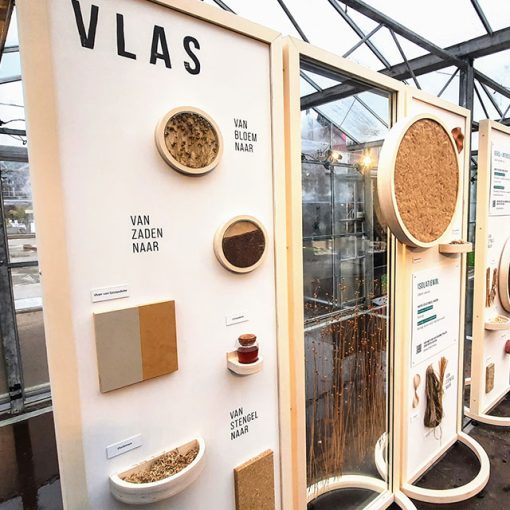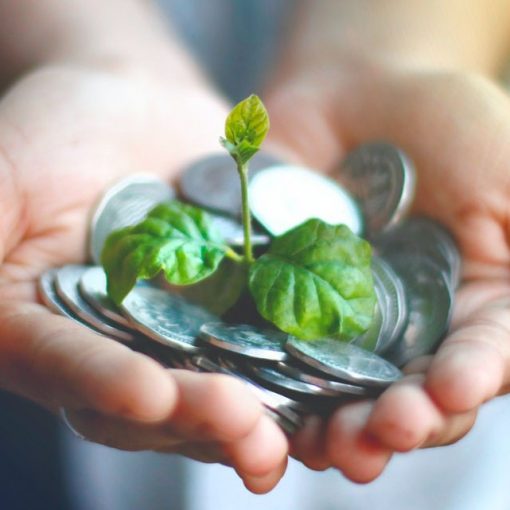Every year, 8 million tons of plastic end up in our oceans and we manufacture just under 300 million tons of plastic per year which is like the weight of the adult population of earth. Unfortunately, even though plastic is such a useful product, half of it gets thrown away after a single-use and a lot of it ends up conflicting with marine life in oceans and seas, which then devastates the marine animals we love (JustOneOcean 2023).

The impact of traditional plastics on marine ecosystems
Single-use plastics which are often thrown away are most commonly plastic bags, cups, straws etc. This debris can easily interfere with marine life and lead to different types of disturbance such as suffocation, ingestion, or entanglement. Furthermore, this affects the food chain because wildlife from small fish and turtles to huge whales often mistake plastic waste for prey and because of this they think they have been fed, but in the long-term, they would die from starvation as their stomachs get filled with plastic or suffer from infections, internal injuries, or inability to swim properly which overall threatens the whole food web (IUCN 2021).
Bioplastics as a sustainable alternative
Bioplastics are hard to define as their understanding is highly complex. It’s known that they are associated with being biodegradable, but nowadays there are many meanings for bioplastics. Overall, bioplastics are anything that has a biological origin without considering if it’s biodegradable or not. This suggests that the ‘bio’ has a very broad meaning, and it is still being explored.
However, they are vastly different from plastics as traditional plastics usually have a petrochemical origin which cannot be degraded and are also not from renewable sources, unlike bioplastics.
Even though there are many contradictions in whether bioplastics are considered more sustainable than traditional plastics, it’s important to understand that they become part of the circular economy and can be reused, recycled, or repurposed, whereas when traditional petrochemical plastics are recycled, they enter the circle of waste management and cannot be reused, recycled or repurposed as well as bioplastics, which can be argued that it makes them more sustainable in that way (OpenMind 2023).
Challenges and considerations
Bioplastics is still a vastly researched topic. There are many problems especially when implementing bioplastics in societies, and therefore the market growth of bioplastics is slower than expected.
One reason for this is the infrastructure to collect, sort, and treat compost waste and biodegradable plastic products. It has not been implemented properly because of the high costs of the need to invest in property improvements to be able to dispose of biodegradable plastics correctly. Furthermore, there needs to be a greater emphasis on education, and cultural and behavioural changes to promote sorting and prevent moral hazards e.g., littering from occurring as when one person does something, it can have a domino effect and influence others, therefore it’s important to set a good example (Nobuyuki Kawashima et al. 2019). So, we humans are the key to making this work (Woodly 2021).
Authors
Bartosz Rychlak is a bachelor exchange student of Business Administration at LAB University of Applied Sciences.
Sari Jokimies works as a senior lecturer at LAB University of Applied Sciences.
References
IUCN. 2021. Marine Plastic Pollution. International Union for Conservation of Nature. Cited 10 Nov 2023. Available at https://www.iucn.org/sites/default/files/2022-04/marine_plastic_pollution_issues_brief_nov21.pdf
Jensen, N.B. 2021. Plastic pollution and juvenile fish. Unsplash. Cited 12 Nov 2023. Available at https://unsplash.com/photos/school-of-fish-in-water-BJUoZu0mpt0
JustOneOcean. 2023. Plastic Pollution. Cited 10 Nov 2023. Available at https://justoneocean.org/plastic-pollution
Nobuyuki Kawashima, T. Y. 2019, August 29. How do Bioplastics and Fossil-Based Plastics Play in a Circular Economy? Macromolecular Materials and Engineering, 304(9), 1-14. Cited 27 Sep 2023. Available at https://doi.org/10.1002/mame.201900383
OpenMind. 2023. Bioplastics: A Sustainable Alternative to Conventional Plastic. OpenMind BBVA. BBVA Group. Cited 11 Nov 2023. Available at https://www.bbvaopenmind.com/en/science/research/bioplastics-sustainable-alternative-to-conventional-plastic/
Woodly. 2021. Plastic Pollution in the Ocean – What Can Be Done? Cited 30 Nov 2023. Available at https://woodly.com/plastic_and_environment/plastic-pollution-in-the-ocean-what-can-be-done/




